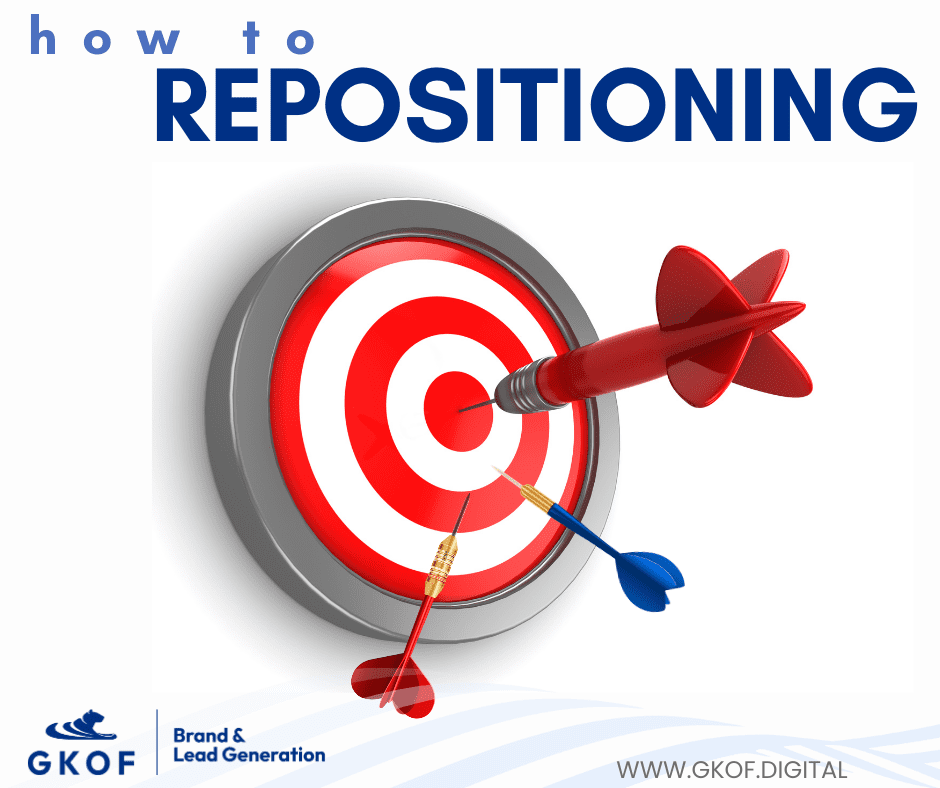In performance marketing, several key metrics need to be monitored to assess the effectiveness of your campaigns and determine the return on investment (ROI). These metrics vary depending on the specific goals of your campaign, but some common performance marketing metrics include:
Click-Through Rate (CTR): CTR measures the percentage of users who click on your ad after seeing it. It’s a valuable indicator of ad relevance and engagement.
Conversion Rate: This metric calculates the percentage of users who take a desired action after clicking on your ad, such as making a purchase, signing up for a newsletter, or filling out a contact form.
Cost Per Click (CPC): CPC represents the cost you pay for each click on your ad. It’s crucial for managing your budget and understanding the cost of driving traffic to your website.
Cost Per Conversion (CPA): CPA measures the cost of acquiring a lead or customer through your marketing efforts. It’s calculated by dividing the total cost of your campaign by the number of conversions.
Return on Investment (ROI): ROI is a fundamental metric that shows how much revenue you’ve generated compared to your marketing spend. A positive ROI indicates that your campaign is profitable.
Ad Quality Score: Platforms like Google Ads assign a quality score to your ads, which can affect your ad rank and cost. This score is based on factors like click-through rate and ad relevance.
Impression Share: Impression share measures the percentage of times your ad is shown compared to the total number of times it’s eligible to be displayed. It provides insights into how often your ads are visible to your target audience.
Ad Position: Ad position tells you where your ad appears in search engine results or on a webpage. Higher positions can lead to more clicks but may also come at a higher cost.
Bounce Rate: Bounce rate is the percentage of users who visit a webpage and leave without interacting with it. High bounce rates may indicate that your landing page or ad isn’t delivering on user expectations.
Customer Lifetime Value (CLV): CLV estimates the long-term value of a customer to your business. It’s especially important for businesses with recurring revenue models.
Click Fraud Rate: This metric assesses the percentage of fraudulent or invalid clicks on your ads. High click fraud rates can inflate your costs and skew campaign performance.
Attribution Models: Different attribution models (e.g., first-click, last-click, linear, time decay) help you understand how different marketing touchpoints contribute to conversions. This is essential for optimizing multi-channel campaigns.
Engagement Metrics: Depending on the platform and campaign type, you may monitor engagement metrics like likes, shares, comments, and video views to gauge the interaction and sentiment of your audience.
Ad Spend: Keep a close eye on your ad spend to ensure you’re within budget and not overspending.
Keyword Performance: For search engine marketing (SEM) campaigns, track the performance of individual keywords to determine which ones are driving the best results.
Mobile vs. Desktop Performance: Assess how your campaigns perform on different devices to allocate resources effectively.
Geographic Performance: Analyze campaign performance by location to target regions that yield the best results.
A/B Test Results: Monitor the results of A/B tests and experiments to determine which variations of ad creatives, landing pages, or other campaign elements are most effective.
By tracking these metrics, you can gain valuable insights into your performance marketing campaigns, identify areas for improvement, and make data-driven decisions to optimize your marketing efforts. The specific metrics you focus on should align with your campaign objectives and business goals.








